Best Organic Fertilizer for Gardens and Lawns
Doc explains how we can use natural, pure, organic matter to fertilize our vegetable gardens, flower gardens, and even our lawns. By using clean feeds and grains nature will break these down into nutrients and carbon. The long term impact of repeated applications creates dark rich soil full of good microbes. You can eliminate all the chemical fertilizers in your gardens by following these tips.
Natural Fertilizer Video
Natural Products in the Video
HUMICHAR…
Should be applied to ALL LAWNS and can be applied as heavy and as often as you like. It contains NOTHING that can hurt your lawn and is 50/50 mix of biochar and humic acid.
Dirt Booster Compost Maker
DirtBooster will be available on Amazon soon. It contains everything you need to create an active compost pile. It can also be tilled into your gardens.
Chicken Feed
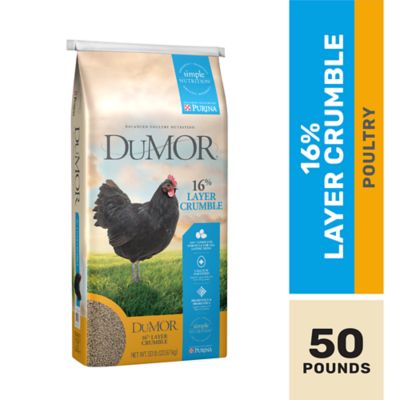
DuMOR 16% Layer Crumble, 50 lb., 3006316-306
DuMOR 16% Layer Crumble, 50 lb., 3006316-306 [More]
Alfalfa Pellets
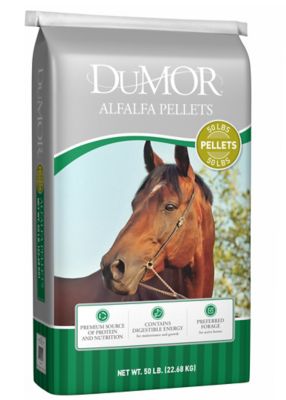
DuMOR Alfalfa Pellets, 50 lb. [More]
Gabes Video
How Organic Matter in the Soil Works
Organic matter is broken down into carbon dioxide and the mineral forms of nutrients like nitrogen. It is also converted into fungi and bacteria through these organisms feeding on the organic material and reproducing.
Mineralization is the biological process where organic compounds in organic matter are chemically converted by the microorganisms in soil to simpler organic compounds, other organic compounds or mineralized nutrients.
Bacteria and fungi are responsible for most of the mineralization of organic matter in soils. Microorganisms release enzymes that oxidise the organic compounds in organic matter. The oxidation reaction releases energy and carbon, which micro-organisms need to live. The final end product of mineralization is nutrients in the mineral form.
Why do they heat up?
As microorganisms decompose the organic materials, their body heat causes the temperature in the pile to rise dramatically. The center of a properly made heap should reach a temperature of 110 to 140 degrees F in four to five days. At this time, the pile begins “settling,” which is a sign that the pile is working properly. The pH of the pile will be very acidic at first, at a level of 4.0 to 4.5. By the time the process is complete, the pH should rise to about 7.0 to 7.2.
Aerobic vs. Anaerobic Composting
Aerobic composting requires the introduction of oxygen to compost piles to allow aerobic microbes to thrive. The only byproducts of aerobic composting are heat, water, and a small amount of carbon dioxide. The heat produced in aerobic composting is sufficient to kill harmful bacteria and pathogens as these organisms are not adapted to these environmental conditions.
Anaerobic composting is the method of composting without introducing oxygen, which means the breakdown of the organic materials takes much longer and produces little heat. This lack of heat often results in the survival of many pathogens, weeds, and seeds, and causes a significant amount of methane to be released into the atmosphere.
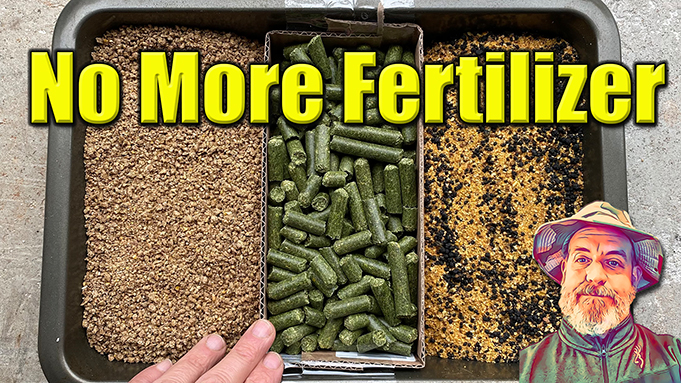



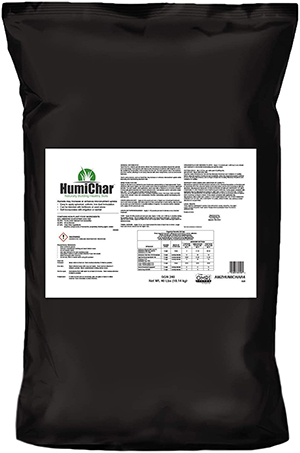
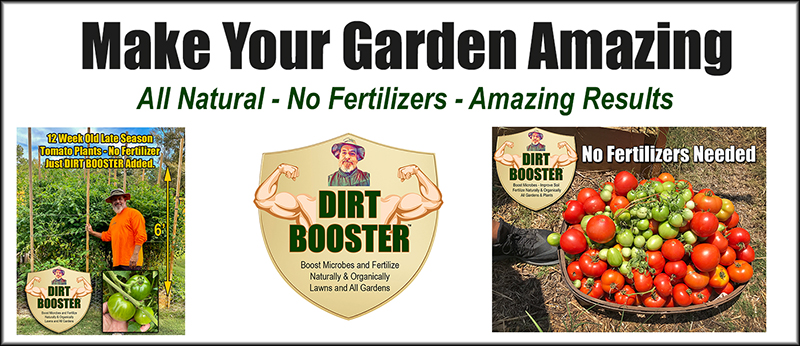

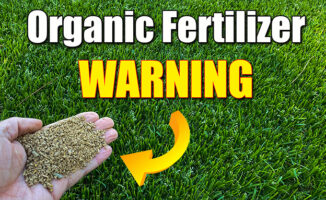

Hi Doc,
In your video “Best Organic Fertilizers for Garden and Lawns”, when you were talking about the dirt booster product (11:57) you held up what looked like a yellow and blue Ketchup packet and you called it a “booster pack.” Could you share more info on that “booster pack”? I believe these are the enzymes/microbes you talk about adding to your compost pile, however you just speak of this booster pack in passing with no detail about it or a like to go find or buy it.
thanks for the great videos.
Brad T.
Honolulu, Hawaii
Hi Doc,
Disregard my last comment, I found the answer to my question in your other posts about activating you compost and what are soil microbes videos. Thanks again.
Brad T
Doc,
I like your chicken feed soil supplement idea. What time of year should you apply & at what rate? This year I am following your 2021calendar.
Thanks
Doc,
Really appreciate your work.
Regarding chicken feed and Dirt Booster for Bermuda lawns: How many lbs per 1,000 sf?
Troy H.
Charlotte, NC
Maybe off topic Doc, but what are the dimensions of your raised garden beds? Keep up the great work, I’m learning tons.
Hi Doc, As always I enjoy your videos and continue to learn from them. Being a 76 y/o widow and having 2.5 acres of lawn to maintain can be a pain. Can I spread the Chicken Feed alone and if not what other product from Tractor Supply will work? I understood Super Juice and Micro ?? pack? What will be my least expensive combination for my lawn only (no garden). Also the coverage of 100,000 + SF can add up quickly. There isn’t & I’m not planning to have a compost pile. I have a combination of St. Augustine and… Read more »
Very informative and great information for gardening
Hey Doc,
After I watched Gabe’s video, is combining cool and warm season grass a good way to avoid monoculture?
Thanks
Soooo…. I just checked Amazon and could not find the “Dirt Booster”?
Being produced as we speak… should be up next week.
I’m not sure if I was supposed to use a certain compost material, but I used the garden soil from tractor supply to mix with the human char microbial pack and chicken crumbles. I still have not gotten the temperature to increase, it’s almost like nothing is happening. Should I have used a different bag of soil to mix with these products.
Doc,
Don’t know how I missed this, but I just watched your video on organic fertilizers that addresses alfalfa pellets.
Quick question: given that chicken crumbles have more crude protein than do alfalfa pellets, does this mean they release more nitrogen when decomposing?
Thank You,
Bill (a fan of your work)
Doc,